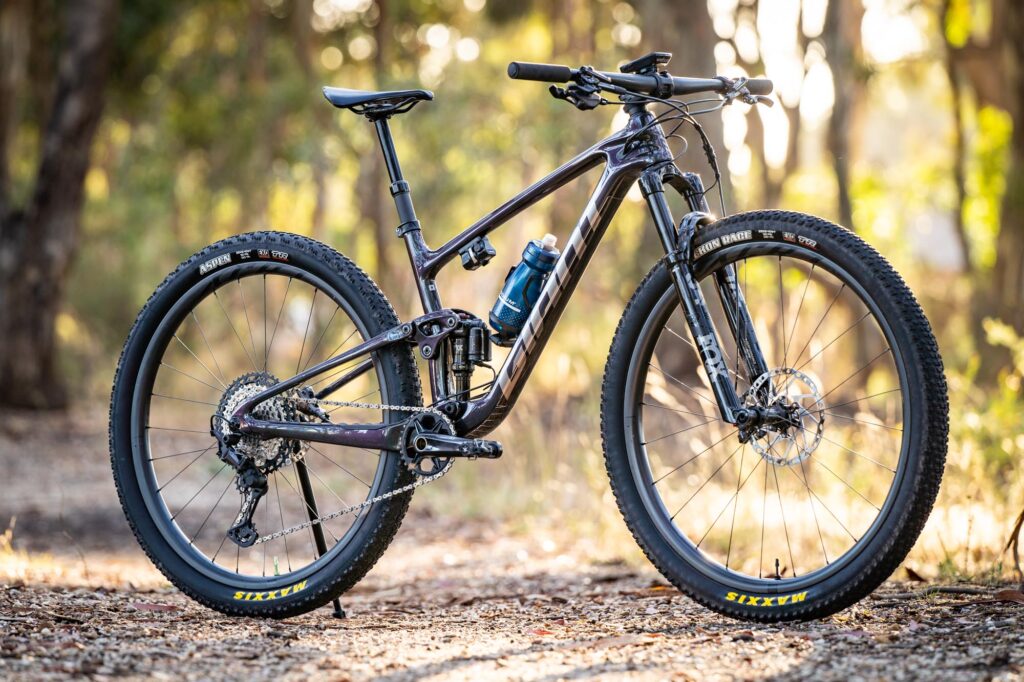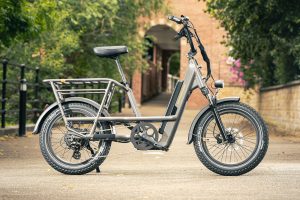Mountain bike weigh, Mountain biking is a popular outdoor activity enjoyed by people of all ages and skill levels. When shopping for a mountain bike, one of the key considerations is the weight of the bike. A lighter bike can offer advantages such as increased maneuverability and easier handling. In this article, we will explore the factors that affect the weight of a mountain bike and provide insights to help you find the right balance between weight and performance.
The mountain bike weigh can vary depending on its design, materials used, and components. On average, a mountain bike typically weighs between 25 to 30 pounds (11 to 14 kilograms). However, there are lighter options available for high-end performance bikes and heavier options for specialized downhill bikes.
Introduction
Mountain biking is a thrilling and physically demanding sport that requires a reliable and well-built bike. The weight of a mountain bike plays a crucial role in determining how it performs on different terrains and under varying conditions. Let’s delve into the factors that contribute to the overall mountain bike weigh.
What Factors Affect mountain bike weigh?
Several factors contribute to the mountain bike weigh. Understanding these factors can help you make an informed decision when selecting a bike that suits your needs and preferences.

Frame Material
The material used in the frame construction significantly impacts the mountain bike’s weigh. Common frame materials include aluminum, carbon fiber, steel, and titanium. Each material has its own set of characteristics, such as strength, durability, and weight. Carbon fiber frames are generally lighter than aluminum or steel frames, but they tend to be more expensive.
Components
The components or parts installed on a mountain bike can greatly affect its weight. High-end components made of lightweight materials, such as carbon fiber or titanium, can significantly reduce the overall weight of the bike. Components include the drivetrain, brakes, handlebars, saddle, and wheels. Choosing components that strike a balance between weight and performance is essential.
Wheel Size
The size of the wheels on a mountain bike also plays a role in its weight. Common wheel sizes for mountain bikes include 26 inches, 27.5 inches, and 29 inches. Generally, larger wheel sizes tend to be slightly heavier than smaller ones. However, advancements in technology have led to the development of lightweight rims and tires, reducing the weight difference between wheel sizes.
Suspension System
Mountain bikes often come equipped with suspension systems to absorb shocks and provide a smoother ride on rough terrains. The type of suspension system, such as front suspension (hardtail) or dual suspension (full-suspension), affects the weight of the bike. Full-suspension bikes typically weigh more due to the additional components required for rear suspension.
Types of Mountain Bikes
Mountain bikes are designed for various riding styles and terrains. Understanding the different types of mountain bikes can help you choose the right one based on your preferences and intended use.

Cross Country (XC) Bikes
Cross country bikes are lightweight and designed for speed and efficiency. They excel in climbing and long-distance rides. These bikes prioritize weight reduction to maximize pedaling efficiency and maneuverability.
Trail Bikes
Trail bikes strike a balance between climbing prowess and downhill performance. They are versatile and suitable for a wide range of trails, making them popular among recreational riders. Trail bikes often feature a mix of lightweight components and moderate suspension travel.
Enduro Bikes
Enduro bikes are built for aggressive and technical riding. They are designed to handle challenging descents while still offering enough pedaling efficiency for climbing. Enduro bikes usually have longer suspension travel and slightly heavier frames.
Downhill Bikes
Downhill bikes are purpose-built for downhill racing and extreme terrain. They prioritize stability and durability over weight. These bikes often have heavy-duty frames, long-travel suspension, and robust components to handle the rigors of downhill riding.
Factors to Consider
When choosing a mountain bike, it’s essential to consider your riding style, terrain, and personal preferences. While a lighter bike can provide advantages in certain situations, it’s crucial to find the right balance based on your needs.
Weight Range
Mountain bikes can vary significantly in weight, ranging from around 20 pounds (9 kilograms) for high-end carbon fiber cross-country bikes to over 40 pounds (18 kilograms) for downhill bikes. Consider your riding style and intended use to determine the optimal weight range that suits your needs.
Finding the Right Balance
While a lighter bike can offer advantages in terms of maneuverability and climbing efficiency, it’s important to strike a balance between weight and durability. Opting for the lightest components may compromise the bike’s overall strength and longevity. Consider your skill level, riding style, and the terrain you’ll be riding on to find the right balance.
Final Thoughts

The mountain bike weigh is an important factor to consider when choosing the right bike for your needs. While the average weight falls between 25 to 30 pounds, it’s essential to remember that lighter or heavier options are available depending on specific requirements. Ultimately, finding the right balance between weight, durability, and performance is key to enhancing your riding experience on the trails.
Related Topics:
- Mountain Bike Frame Size Chart: A Comprehensive Guide for Choosing the Right Fit 2023
- How to Change a Mountain Bike Tire?
- What is a Hardtail Mountain Bike
- The Best Guide to Using Gears on a Mountain Bike
- How to Measure Mountain Bike Size for Women, Men & Kids: A Comprehensive Guide 2023
FAQs
Q1: Is it better to have a lighter mountain bike
A: While a lighter mountain bike can offer advantages such as increased maneuverability and easier handling, it’s important to find the right balance between weight and durability based on your riding style and intended use.
Q2: Does the weight of a mountain bike affect its performance?
A: Yes, the weight of a mountain bike can impact its performance. A lighter bike can be more responsive and easier to maneuver, especially on climbs and technical terrain. However, it’s essential to consider other factors such as frame material, components, and suspension system to optimize overall performance.
Q3: How can I reduce the weight of my mountain bike?
A: There are a few ways to reduce the weight of your mountain bike. Consider upgrading to lighter components, such as a carbon fiber handlebar or titanium bolts. Additionally, choosing a lighter frame material and wheelset can make a noticeable difference. However, keep in mind that weight reduction should not compromise the bike’s strength and durability.
Q4: Does the weight of the rider affect the choice of a mountain bike?
A: The weight of the rider can be a factor when choosing a mountain bike, particularly for riders who are significantly heavier or lighter than average. It’s important to consider the weight limits specified by the bike manufacturer to ensure optimal performance and safety.
Q5: Can a heavy mountain bike be suitable for downhill riding?
A: Yes, heavy mountain bikes, specifically designed for downhill riding, can offer advantages in terms of stability and durability. Downhill bikes are built to withstand the rigors of aggressive riding and challenging terrains. While they may be heavier, they excel in providing control and confidence at high speeds and on steep descents.













